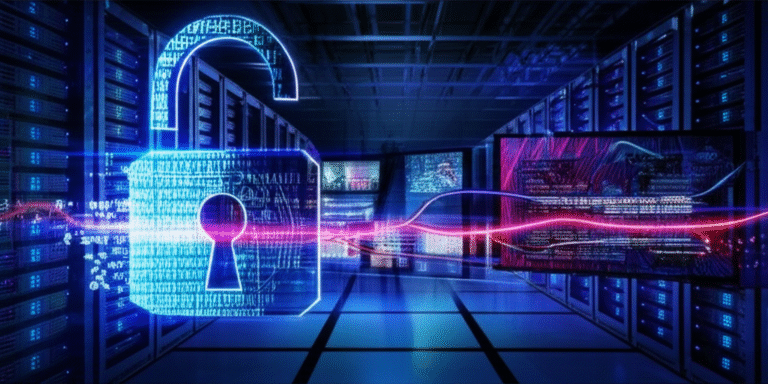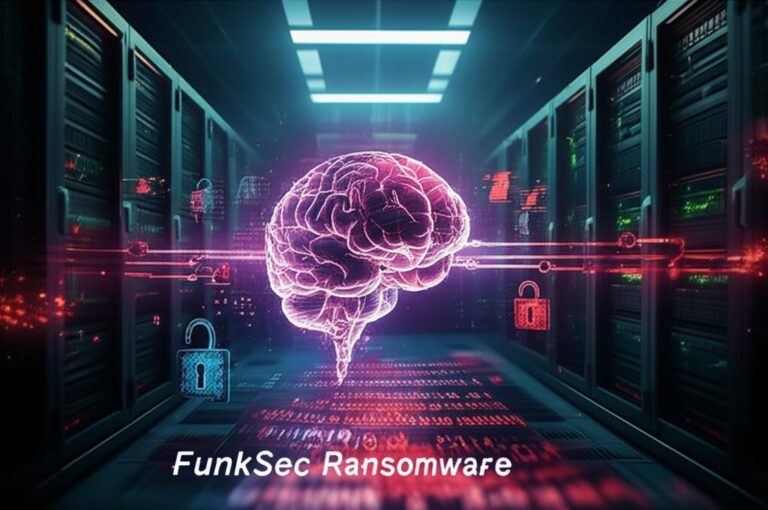EDR vs MDR: Choosing the Right Cybersecurity Solution for Your Business
Understanding EDR and MDR in Modern Cybersecurity
In today’s ever-evolving threat landscape, businesses face a constant barrage of sophisticated cyberattacks. To combat these, organizations are increasingly turning to advanced security solutions like Endpoint Detection and Response (EDR) and Managed Detection and Response (MDR). While both aim to bolster your defenses, they offer distinct approaches and capabilities. Understanding the fundamental differences between EDR and MDR is crucial for making an informed decision that aligns with your specific security needs, resources, and risk tolerance.
What is EDR (Endpoint Detection and Response)?
Endpoint Detection and Response (EDR) is a cybersecurity technology designed to continuously monitor and respond to cyber threats on endpoints such as laptops, desktops, servers, and mobile devices. EDR tools provide deep visibility into endpoint activity, allowing security teams to detect, investigate, and mitigate advanced threats that might bypass traditional antivirus solutions.
Key Features of EDR:
- Continuous Monitoring: Real-time collection and analysis of endpoint data (process activity, file changes, network connections, user logins).
- Threat Detection: Utilizes behavioral analytics, machine learning, and signature-based detection to identify suspicious activities and known threats.
- Incident Investigation: Provides forensic data and tools to trace the root cause of an attack, understand its scope, and identify affected systems.
- Automated Response: Capabilities like isolating compromised endpoints, terminating malicious processes, or reverting system changes.
- Centralized Console: A unified dashboard for security teams to view alerts, manage incidents, and deploy responses.
Benefits of EDR:
- Enhanced visibility into endpoint activities.
- Improved detection of advanced, fileless, and zero-day threats.
- Faster incident response and containment.
- Reduced dwell time for attackers.
Limitations of EDR:
- Requires in-house security expertise to manage and respond to alerts effectively.
- Can generate a high volume of alerts, leading to alert fatigue if not properly tuned.
- Limited to endpoint visibility; does not cover network, cloud, or identity-based threats comprehensively.
- Requires significant investment in skilled personnel and operational overhead.
What is MDR (Managed Detection and Response)?
Managed Detection and Response (MDR) is an outsourced cybersecurity service that combines technology with human expertise to deliver 24/7 threat monitoring, detection, and response capabilities. MDR providers utilize advanced security tools (often including EDR technology), integrate them with other security telemetry (network, cloud, identity), and have a team of security analysts who actively hunt for threats, investigate alerts, and respond on behalf of the client.
Key Features of MDR:
- 24/7 Threat Monitoring and Hunting: Proactive searching for threats across various security layers, not just endpoints.
- Human Expertise: Dedicated security analysts (SOC experts) who interpret alerts, conduct investigations, and provide context.
- Incident Response & Remediation: Not only detects but also actively responds to and often remediates incidents, acting as an extension of your security team.
- Advanced Threat Intelligence: Leverages proprietary and open-source threat intelligence to enhance detection capabilities.
- Customized Playbooks: Tailored response strategies based on client-specific risk profiles and infrastructure.
- Comprehensive Coverage: Extends beyond endpoints to include network, cloud, identity, and email security.
Benefits of MDR:
- Access to highly skilled security experts without the need for in-house hiring.
- 24/7 coverage, crucial for combating global threats.
- Reduced alert fatigue and faster, more effective incident response.
- Comprehensive threat detection across your entire IT environment.
- Cost-effective alternative to building and maintaining an in-house SOC.
Limitations of MDR:
- Reliance on a third-party provider, requiring careful vendor selection.
- Can be more expensive than EDR software alone, especially for smaller businesses with minimal threat exposure.
- Less direct control over day-to-day security operations compared to in-house teams.
EDR vs MDR: A Comparative Overview
To further clarify the distinction, here’s a direct comparison of EDR and MDR:
| Feature/Aspect | EDR (Endpoint Detection and Response) | MDR (Managed Detection and Response) |
|---|---|---|
| Primary Focus | Endpoint security and visibility. | Comprehensive, managed security across multiple domains (endpoint, network, cloud, identity). |
| Human Element | Requires in-house security team for alert analysis, investigation, and response. | Provided by a dedicated team of security analysts (24/7 SOC). |
| Scope of Coverage | Endpoints (laptops, servers, desktops). | Endpoints, network, cloud, identity, email, etc. (broader scope). |
| Threat Hunting | Tools for in-house teams to hunt for threats. | Proactive threat hunting performed by MDR analysts. |
| Incident Response | Automated actions; in-house team handles investigations and manual remediation. | Managed investigation, containment, and often full remediation by the MDR provider. |
| Resources Required | Software, skilled security staff, internal processes. | Service fee to a provider; minimal internal security staff required for monitoring. |
| Ideal For | Organizations with mature security teams and the resources to manage their own EDR. | Organizations lacking in-house security expertise or 24/7 coverage, seeking a turnkey solution. |
When to Choose EDR?
Opt for an EDR solution if:
- You have a dedicated, experienced in-house security team capable of managing EDR alerts, conducting investigations, and responding to incidents 24/7.
- You want direct control over your security tools and processes.
- Your primary concern is deep visibility and automated response at the endpoint level, and you have other solutions for network/cloud security.
- You have the budget to invest in not just the EDR technology but also the continuous training and staffing of your security team.
When to Choose MDR?
Consider an MDR service if:
- You lack the internal security expertise or resources to manage a sophisticated EDR solution effectively, especially 24/7.
- You need comprehensive threat detection and response across your entire IT environment (endpoint, network, cloud).
- You are struggling with alert fatigue or slow incident response times.
- You want to offload the burden of threat hunting, investigation, and remediation to external experts.
- You need to quickly enhance your security posture without the significant upfront investment and operational overhead of building an in-house SOC.
Can EDR and MDR Work Together? The Hybrid Approach
It’s important to note that EDR and MDR are not mutually exclusive. Many MDR providers leverage EDR technologies as a core component of their service delivery. In such cases, the MDR provider manages the EDR tool, interprets its alerts, and integrates its data with other telemetry for a holistic view. This hybrid approach allows organizations to benefit from the power of EDR technology while outsourcing the operational burden and gaining access to specialized human expertise around the clock.
Conclusion: Making the Right Cybersecurity Investment
The choice between EDR and MDR ultimately depends on your organization’s unique requirements, existing security maturity, available resources, and risk appetite. EDR provides the tools for powerful endpoint protection, but it requires significant internal investment in skilled personnel and operational processes. MDR, on the other hand, offers a comprehensive, outsourced solution that brings human expertise, 24/7 coverage, and broader detection capabilities, ideal for organizations looking to elevate their security posture without building an in-house security operations center (SOC). Evaluate your current capabilities and future needs to select the solution that best protects your digital assets against the relentless tide of cyber threats.







